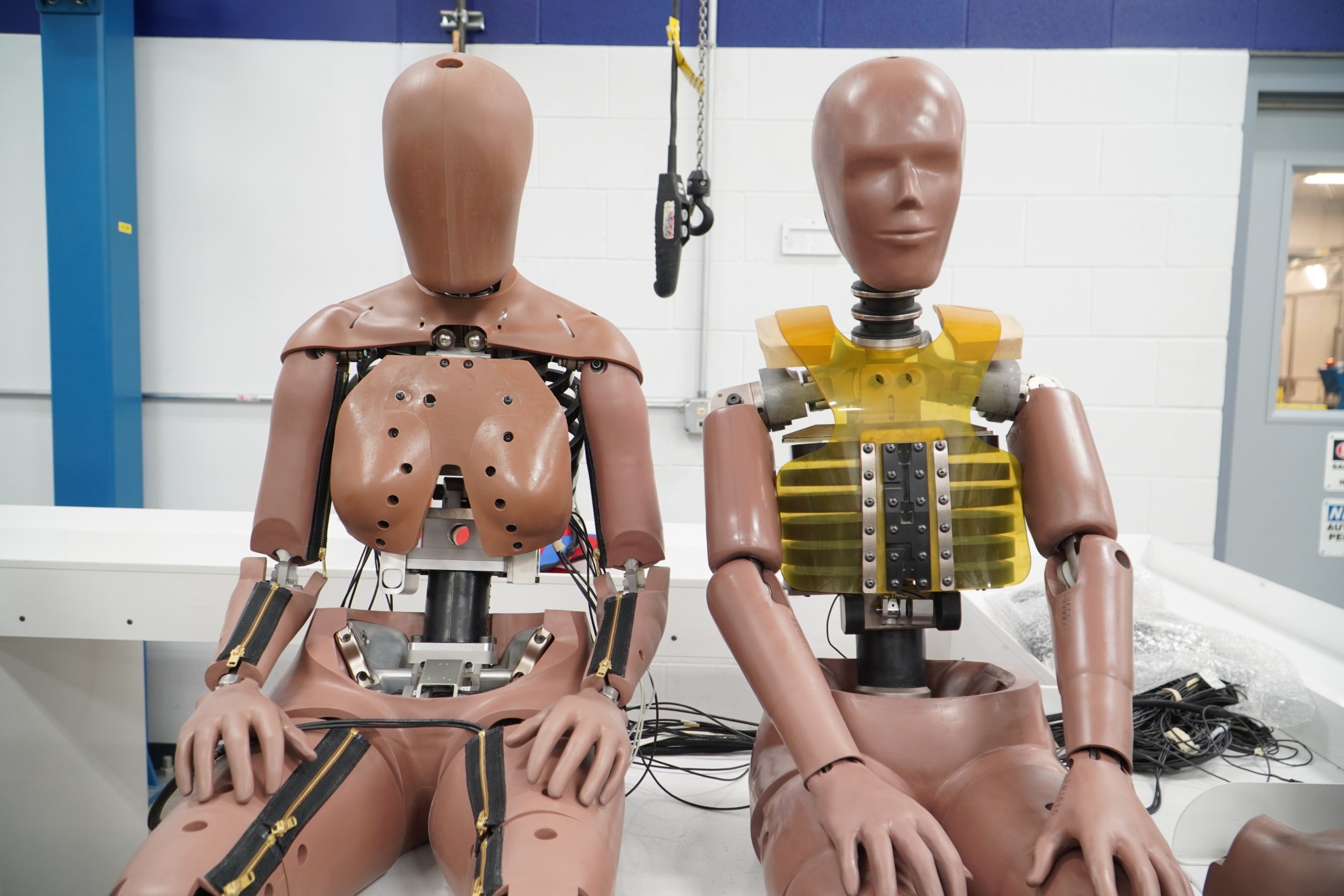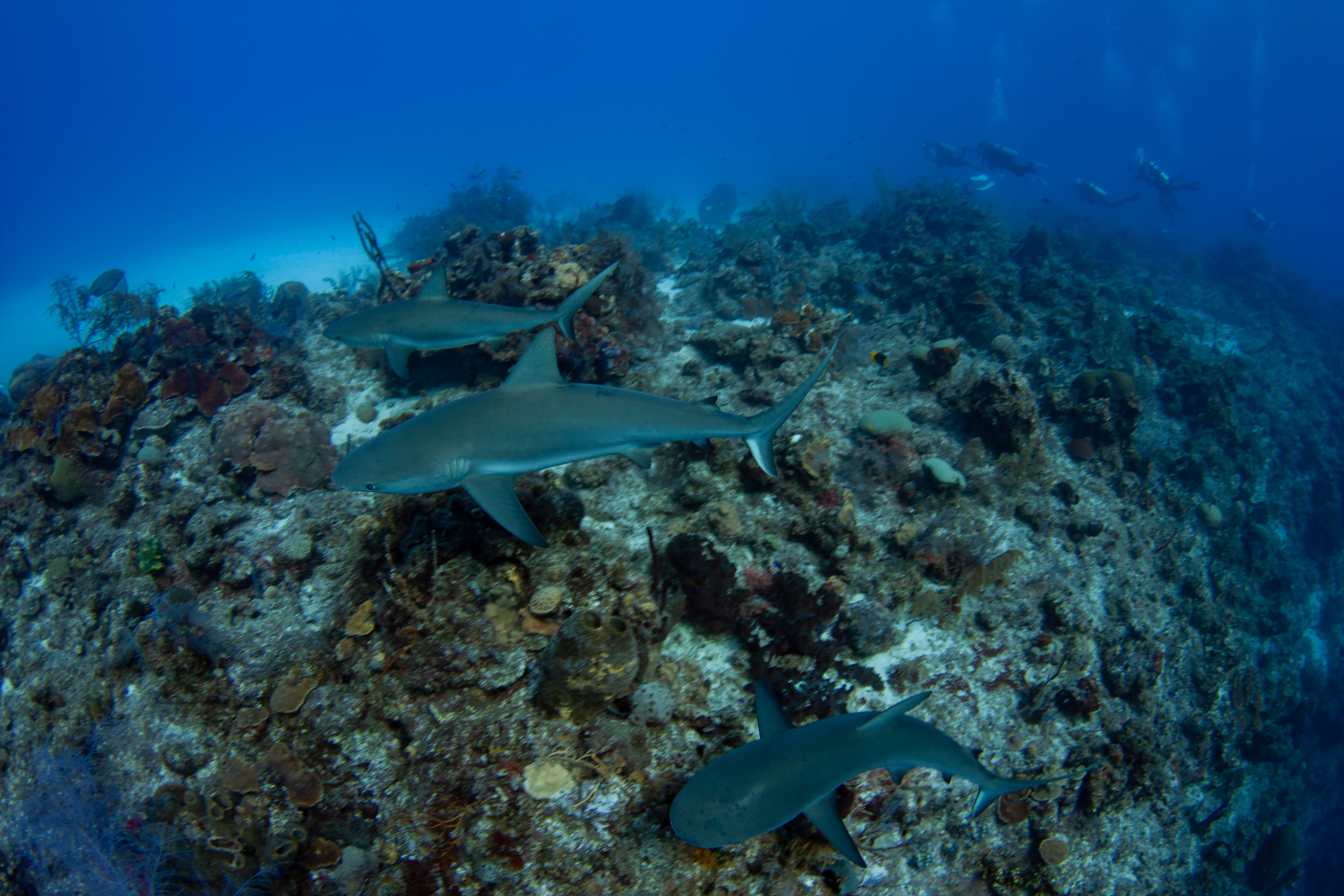Image Credit: xicro/123rf.com
In a groundbreaking development for biodiversity monitoring, scientists in northern Belize have pioneered a method to detect environmental DNA (eDNA) from the air, providing a new lens through which to understand and protect the planet’s diverse ecosystems. This innovative approach, led by biodiversity scientist Elizabeth Clare and her team, utilizes the genetic material shed by various species, including skin cells, saliva, and even breath, to reveal the hidden dimensions of biodiversity.
Clare’s research focuses on collecting airborne DNA without disturbing wildlife. PhD student Nina Garrett has been experimenting with a fan and filter system placed in a guanacaste tree known to house bats. This system captures airborne DNA—essentially, biological footprints left by animals in their environment. Through this technique, researchers can identify species that might not be visible to the naked eye, significantly expanding the understanding of local biodiversity.
The initiative has expanded from individual trees to a national scale through a collaboration with the U.K.’s National Physical Laboratory (NPL). Utilizing existing pollution monitors designed to detect airborne heavy metals, researchers have analyzed filters that collected eDNA over the course of a year. The results were remarkable: hundreds of species, including insects, birds, mammals, and plants, were detected, illustrating a rich tapestry of life within the air.
This method represents a significant advancement over traditional biodiversity surveys, which rely heavily on visual sightings. The airborne eDNA approach enables scientists to detect elusive species that are often difficult to observe, offering a more comprehensive view of biodiversity. Experts believe that this technique could lead to a new standard for biodiversity tracking, allowing for continuous monitoring using existing pollution monitoring networks.
By optimizing filters for DNA preservation, the same infrastructure that monitors human health could also serve as a powerful tool for wildlife conservation. This dual-purpose system could revolutionize how conservation success is measured, enabling timely responses to climate change impacts, species shifts, and emerging threats like invasive species.
The potential for this method extends beyond national borders. Clare envisions scaling this approach to monitor biodiversity on a continental, or even planetary, level. As researchers continue to explore the information contained within airborne DNA, they uncover a new narrative about the interconnectedness of life on Earth, fundamentally changing how humans perceive and interact with the natural world.
Check out the original article here: Source link



